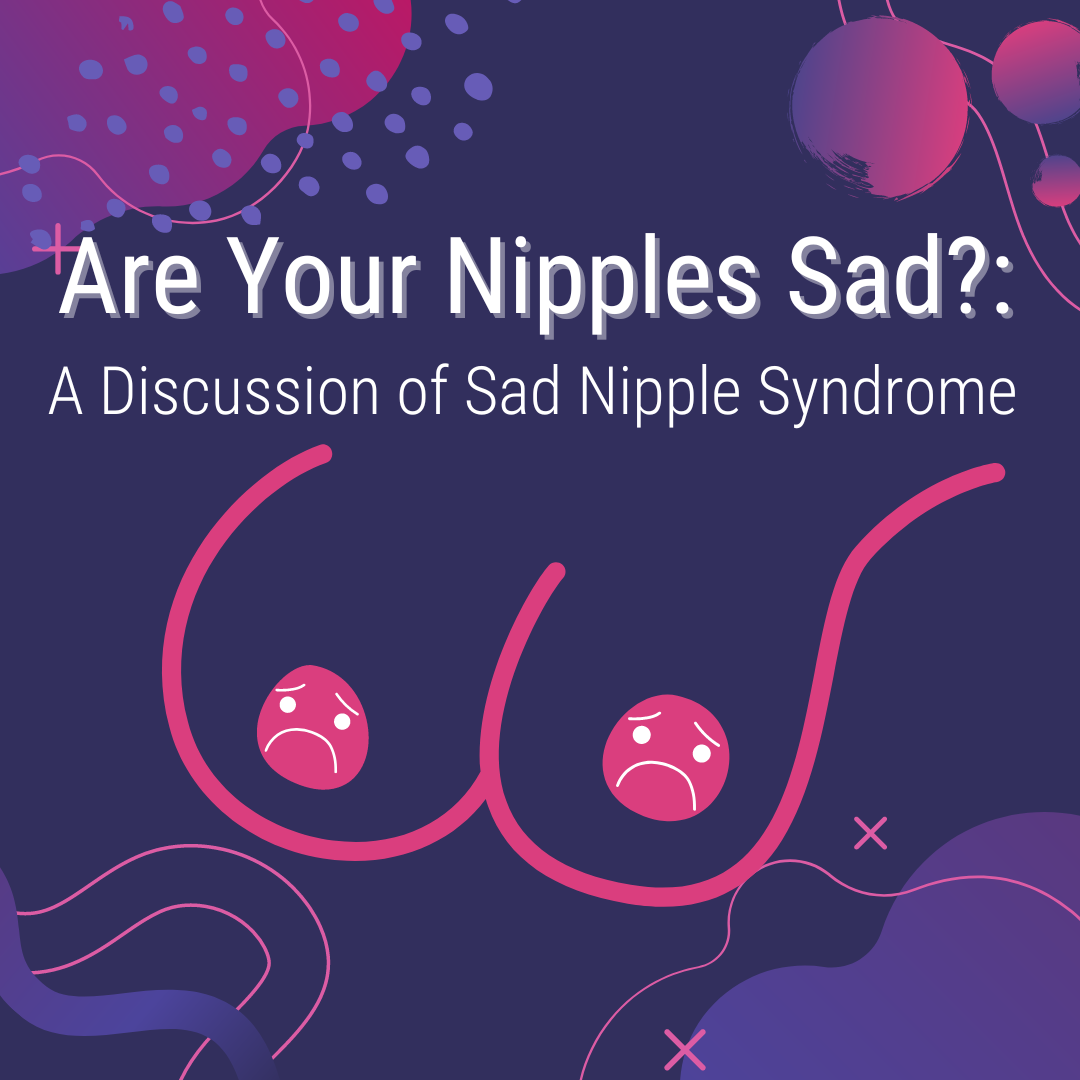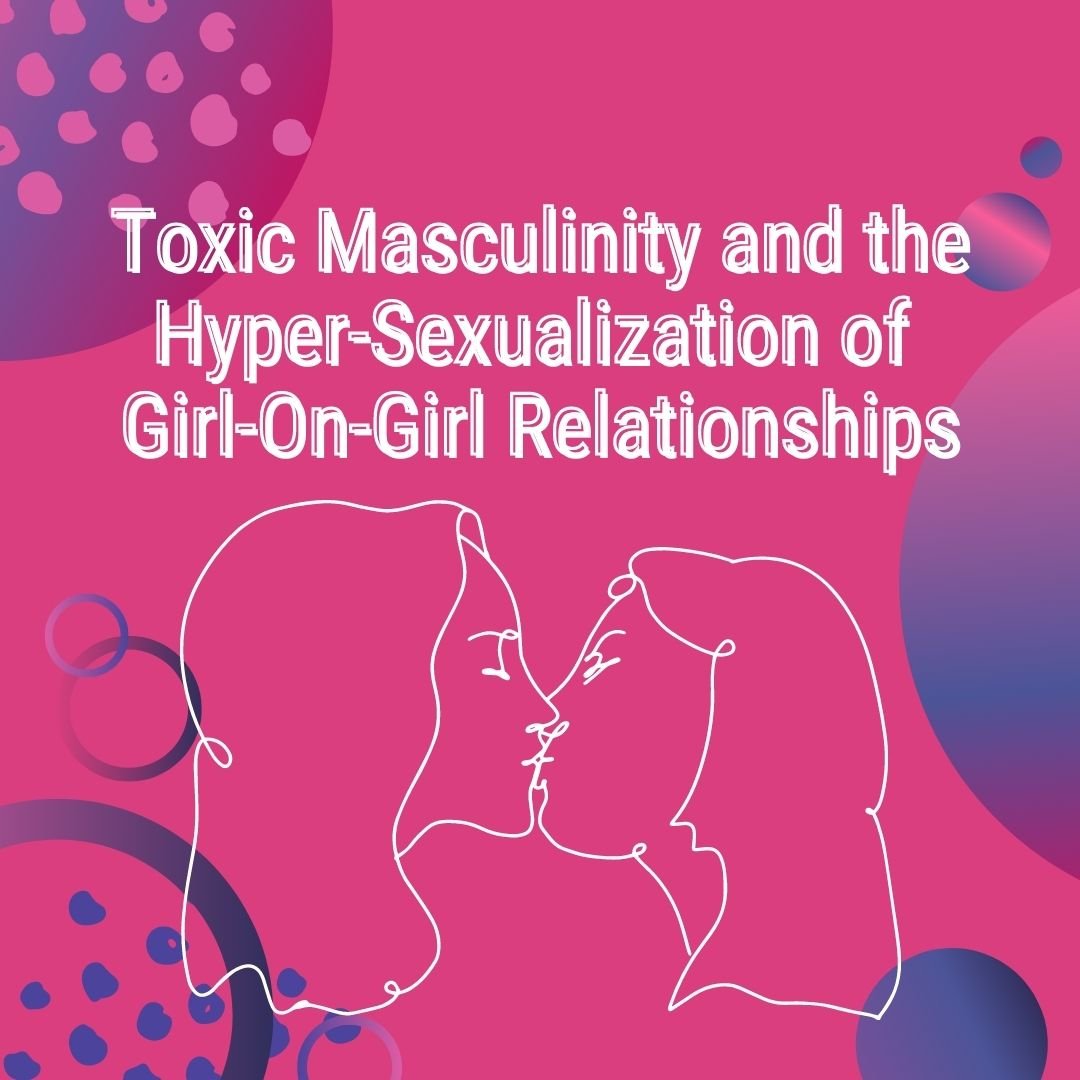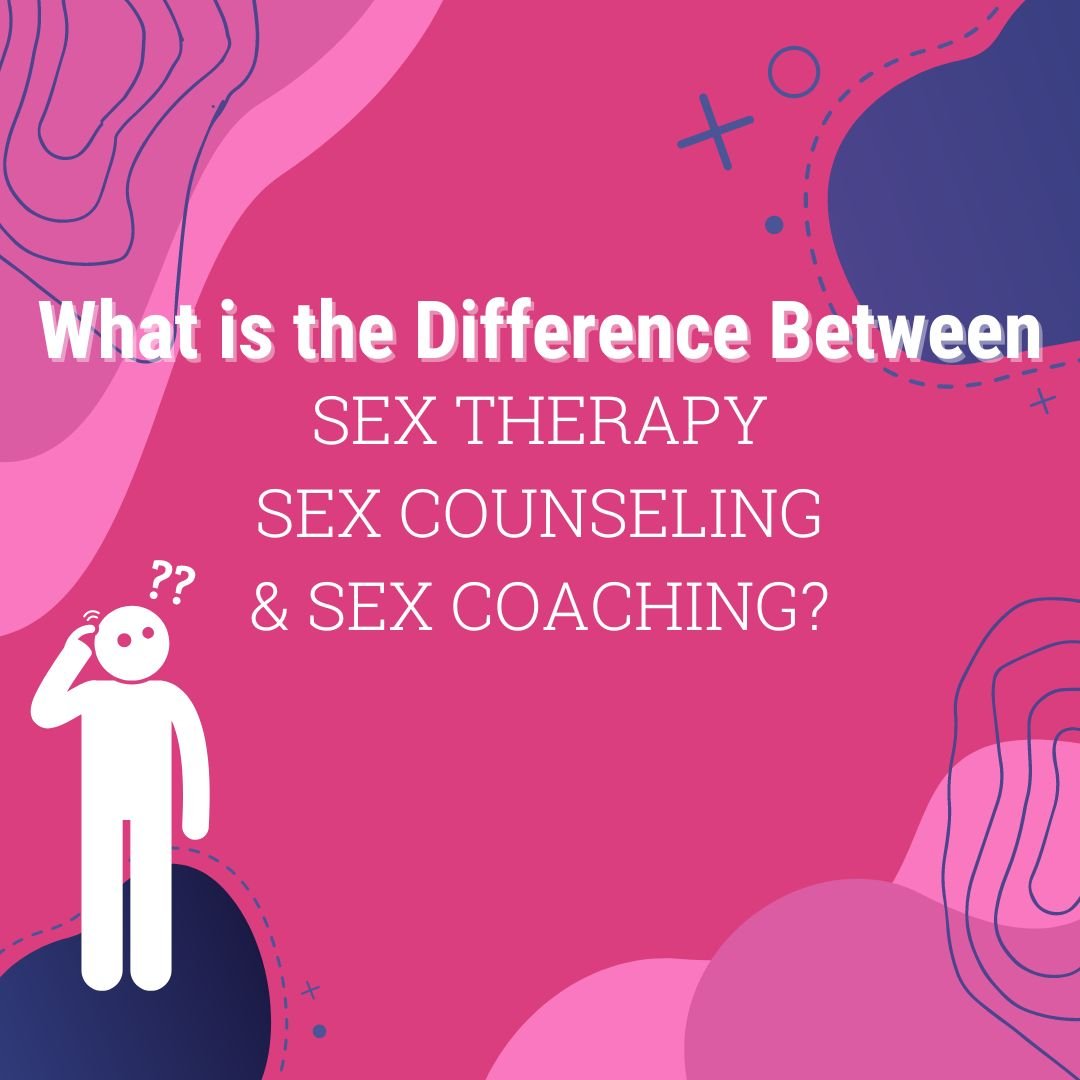Given the smaller scale on which American universities signify societal power relations, college campuses often constitute a microcosm in which policy changes can be applied and evaluated. In this way, universities not only echo societal issues but magnify them. Specifically, the issue of sexual assault controversies on campuses displays societal attitudes on the topic thus highlighting the priorities of national, state, and administrative policymakers. To demystify this issue, let’s synthesize the literature on campus sexual assault policy and practice by way of case studies on similar, progressive state legislation (California) and universities (Stanford) to illustrate the resulting political compromises as well as their short and long-term consequences.
Policies are not the only factors to be considered when discussing the real-world effects of sexual violence. In the modern-day, media coverage can significantly impact any policies felt by specific populations. Additionally, the media can either highlight or hide certain issues. Highlighting cases of sexual assault often will arouse public outrage for a short amount of time until the news cycle moves on. Further, in the media coverage of a sexual assault case, issues can be blown out of proportion to enhance the ethos draw of the event. This illustrates the fact that there is almost no way for the media to present an unbiased report of such a complex issue, although this was the intention behind free media at the beginning of democracy.
























